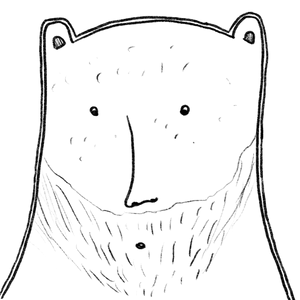My camera is like an invisibility cloak. It makes me more free
Teju Cole's books have always been hard for me to entangle. They are pictorially and thematically dense. This article gave me an insight into his work, as well as photography as a medium.
The associations, though, are often not entirely clear. A photograph of a telegraph pole on a deserted street in Selma, Alabama prompts a memory of a dream Cole had about crossing a street but never arriving at the other side, which, in turn, calls up a quotation on consciousness and time by the French phenomenological philosopher, Maurice Merleau-Ponty.
He talks me through a photograph of a ship’s foghorn, white with a gold rim, resplendent against a backdrop of Lake Brienz in Switzerland, the mountains rising out of the sea in the background amid glowering clouds. The fragment reads: “I opened my eyes, What lay before me looked like the sound of the alphorn at the beginning of the final movement of Brahms’s First Symphony. This was the sound, this was the sound I saw.
Interesting tidbits about John Berger, whose book Understanding a photograph I am now reading.
“I actually asked John why photography was not part of his practice,” Cole says, “In his case, to photograph a subject was to foreclose some part of what he could write about it. He saw it as an interference in his writing faculties.
And, Chris Marker, whose San Soleil I saw in an early parenting daze when feeding K. at 5am.
In his great film, Sans Soleil, Marker moves between zooming out and watching the flow of life and zooming in to look at the pattern of the details of everyday experience. He is not telling you one thing about a place, but allowing it all to come in and making the connections visible.
And, there in lies the crux of photography as a medium — its watching the flow of life and patterns of everyday experience and making the connections visible.
